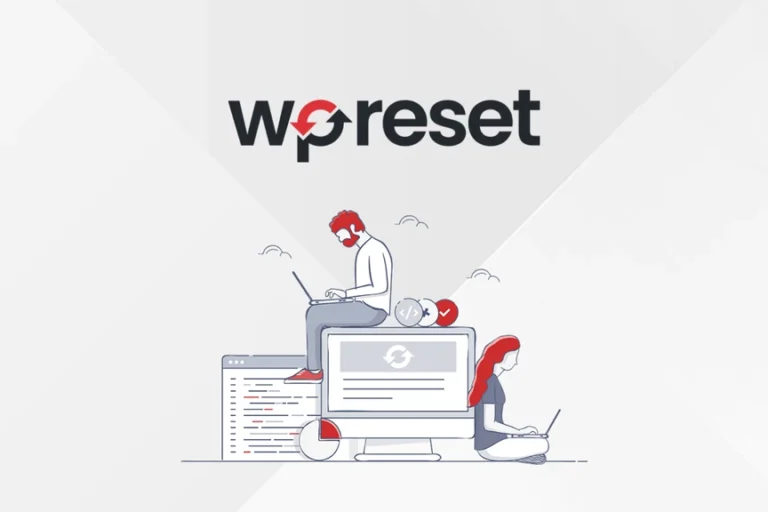Best Free Alternatives to Popular Paid Software
Finding the right software for your needs can be tricky, especially when budgets are tight. Luckily, there are excellent free alternatives to many popular paid programs that provide similar functionalities. This list covers some of the most common paid software and their robust free counterparts. Whether you’re looking for office productivity tools, graphic design software, or video editing programs, there’s something here for everyone.
1. Microsoft Office → LibreOffice
Overview:
Microsoft Office is a staple in offices and schools worldwide, but its cost can be a barrier for many. LibreOffice is a powerful and free alternative that includes applications for word processing, spreadsheets, presentations, and more.
Features:
- Writer: Equivalent to Microsoft Word, it offers extensive editing and formatting tools.
- Calc: Similar to Excel, it includes advanced functions, charts, and data analysis capabilities.
- Impress: Like PowerPoint, it allows users to create stunning presentations with a variety of templates.
Pros:
- Open-source and constantly updated by a community of developers.
- Supports a variety of file formats, including Microsoft’s .docx and .xlsx.
Cons:
- The interface may feel less polished compared to Microsoft Office.
2. Adobe Photoshop → GIMP
Overview:
Adobe Photoshop is the industry standard for graphic design and photo editing, but it comes with a hefty price tag. GIMP (GNU Image Manipulation Program) is a powerful open-source alternative that offers many of the same features.
Features:
- Advanced photo retouching and editing tools.
- Layer support and masking capabilities.
- Extensive plugin support to extend functionality.
Pros:
- Free and open-source with a strong community backing.
- Compatible with multiple operating systems (Windows, macOS, Linux).
Cons:
- The learning curve can be steep for beginners compared to Photoshop.
3. Adobe Illustrator → Inkscape
Overview:
Adobe Illustrator is the go-to software for vector graphics, but Inkscape provides a free, open-source alternative that covers many of the same functionalities.
Features:
- Extensive vector drawing tools and features.
- Supports SVG file formats natively.
- Offers advanced path manipulation and object management.
Pros:
- Completely free to use with a wide array of tutorials available online.
- Regular updates and improvements from the developer community.
Cons:
- Performance can lag with very complex designs compared to Illustrator.
4. Final Cut Pro → DaVinci Resolve
Overview:
Final Cut Pro is a favorite among video editors, but DaVinci Resolve offers a free version that packs a punch with professional-grade video editing features.
Features:
- Multi-track editing and advanced color correction tools.
- Support for 4K editing and high-resolution footage.
- Audio post-production tools integrated within the software.
Pros:
- Comprehensive feature set in the free version, including color grading and audio editing.
- Available for both Windows and macOS.
Cons:
- The interface may be overwhelming for new users due to its advanced capabilities.
5. AutoCAD → FreeCAD
Overview:
AutoCAD is widely used in architecture and engineering, but FreeCAD offers a solid free alternative for 3D modeling and CAD.
Features:
- Parametric modeling capabilities, allowing users to modify designs easily.
- Supports a variety of file formats for compatibility with other CAD software.
- Extensive add-ons and community support for customization.
Pros:
- Open-source and continuously developed by the community.
- Ideal for both hobbyists and professionals in engineering and design.
Cons:
- May lack some advanced features found in AutoCAD, particularly for industry-specific tasks.
6. Slack → Mattermost
Overview:
Slack is a popular communication tool for teams, but Mattermost offers a self-hosted, open-source alternative that can provide similar functionality for free.
Features:
- Channels for team communication and collaboration.
- Direct messaging and file sharing capabilities.
- Integration with various third-party tools.
Pros:
- Self-hosting options provide greater control over data and privacy.
- Customizable with a variety of plugins and integrations.
Cons:
- Requires setup and management if self-hosted, which may be daunting for some users.
7. Trello → Asana
Overview:
Trello is a popular project management tool, but Asana also offers a robust free plan that enables teams to organize their work effectively.
Features:
- Task management with customizable project views (list, board, calendar).
- Due dates, attachments, and collaboration features.
- Integration with other productivity tools like Google Drive and Slack.
Pros:
- User-friendly interface that’s easy to navigate.
- Supports team collaboration and task assignments seamlessly.
Cons:
- Advanced features require a paid subscription, but the free plan is quite functional for small teams.
8. QuickBooks → Wave
Overview:
QuickBooks is a widely used accounting software for small businesses, but Wave offers a completely free alternative with essential accounting tools.
Features:
- Income and expense tracking with reports.
- Invoice creation and payment tracking.
- Receipt scanning and expense management.
Pros:
- No fees for basic accounting features.
- User-friendly interface designed for small business owners.
Cons:
- Limited features compared to paid alternatives like QuickBooks, particularly in payroll and advanced reporting.
Conclusion
Whether you’re a student, a freelancer, or a small business owner, finding cost-effective software solutions is crucial. The free alternatives listed above provide powerful functionalities comparable to their paid counterparts, making them accessible for anyone looking to save money without sacrificing quality.
From office productivity to graphic design and video editing, these tools can help you achieve your goals without breaking the bank. Explore these options and find the right software for your needs today!







